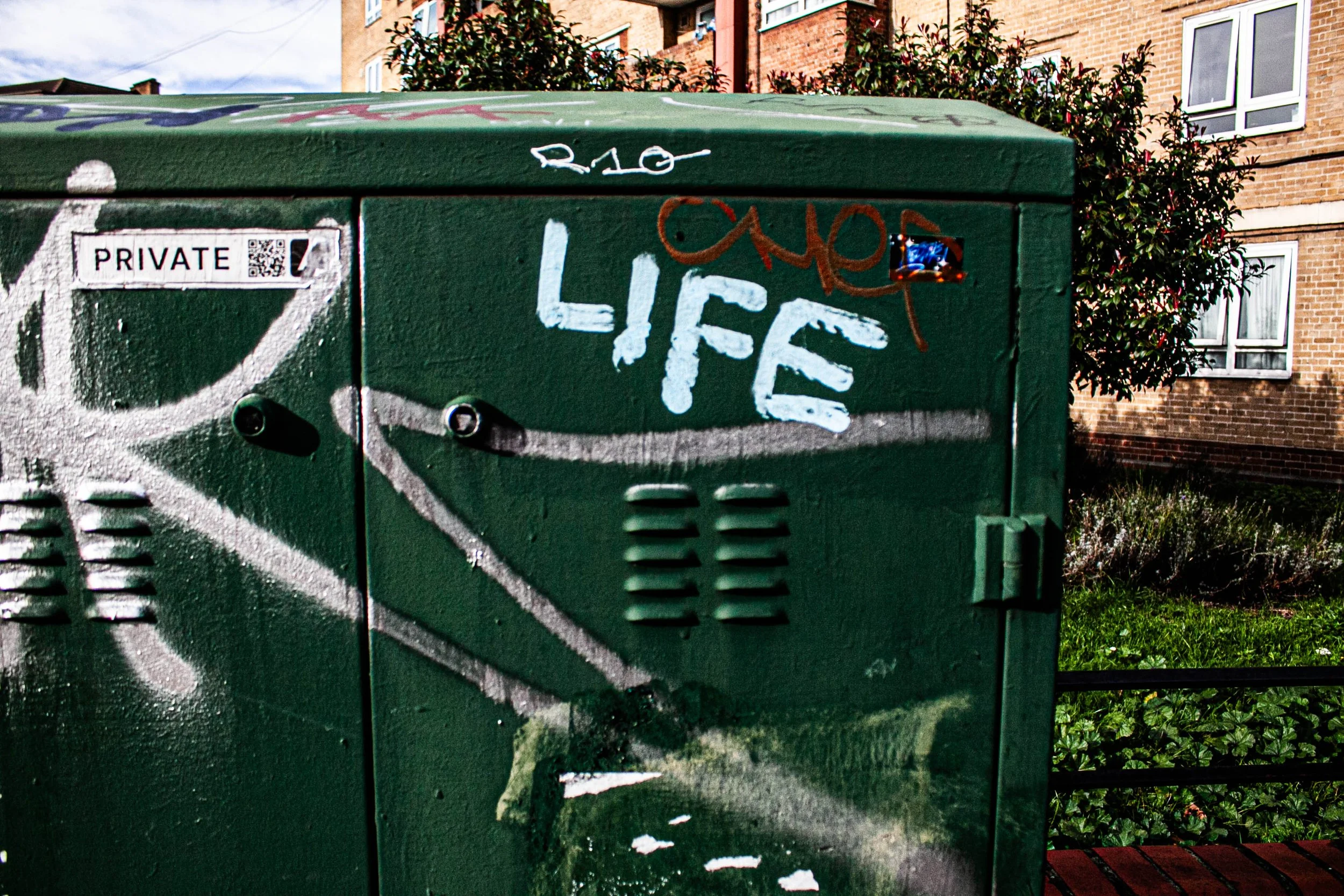Is London becoming a new Gotham City?
By Beatrice Morandi
Gotham City, the fictional urban setting associated with DC Comics' Batman, is infamous for its dark and gritty atmosphere, symbolising corruption, decay, and resilience.
Is London following in its footsteps?
Depicted as a city overrun with crime and fear, Gotham serves as a cautionary tale of urban decline. And while London may be far from the chaos of Gotham, there is growing unease among residents.
Many Londoners report feeling unsafe walking the streets, particularly in areas like Oxford Street and Regent Street. Before the pandemic, crime seemed concentrated in certain areas. Still, now, with job losses and the rapid rise of social media sensationalism, even streets in the centre of London are more prone to incidents such as robbery attempts.
"I live in the same home I grew up in but no longer feel safe on my estate. I've been verbally abused and can’t let my daughters go out alone,” says Angie Marget, a disabled mum of three who lives in Stratford, south London.
“Knife crime scares me, and I’m considering moving to Cornwall, where schools are better, and the community feels more united."
The Mayor’s response to knife crime
Mayor Sadiq Khan has emphasised a multi-faceted approach to tackling knife crime. According to City Hall: "Intelligence-led operations, weapon sweeps, hotspot patrols, and proactive measures are being implemented to target known offenders and high-risk areas. Stop-and-search practices are also being refined to ensure fairness and maintain trust."
Despite these efforts, knife crime remains a pressing concern. In 2023/24, London recorded 15,016 knife-related offences, an increase from the 12,786 cases in the previous year, according to Statista.
The data highlights that the burden of knife crime disproportionately affects specific communities, with Black Londoners making up 45% of knife murder victims and 61% of perpetrators despite being just 13% of the population.
One of the underlying threads is the loss of a sense of community - a key factor contributing to the rise in crime. "We’re trying to create a safe space where young people can make friends, play games, and avoid bad influences. But the sense of community is disappearing,” says Daniela Camponi, a social worker at a youth centre in Bow Church, east London.
“Families are minding their own business, and I’ve seen about 20 families leave London for rural areas since January 2024."
from statista
Daniela stresses that rebuilding the community is essential. "When people feel isolated, they’re more vulnerable to crime. It’s not just about policing; it’s about creating an environment where people feel supported and connected."
Photos by Beatrice Morandi
Fran Welland, 57, a nurse from Newham, says that violent crime in her area is usually not random. Unfortunately, it [violent crime] often involves a woman who has been killed by a partner or ex-partner, or a teenager or young man who faces similar violence in the streets,” she says.
Welland suggests tackling knife crime and criminality through government investment in inner-city areas and rural villages to provide mixed-gender activities and resources for young people staffed by professional youth workers.
“I've noticed that many organised sports tend to involve only male participants, such as football, rugby, and basketball. This creates an environment that may foster a macho, toxic atmosphere, where boys don't see equality in achievements with girls,” she says. “By promoting inter-gender activities, we can encourage respect and learning from one another."
The absence of community leads to disconnect.
While police presence and targeted operations are critical, addressing knife crime and youth violence goes beyond law enforcement. It requires tackling systemic issues like poverty, inequality, and a breakdown in social bonds.
The absence of community can leave individuals feeling disconnected and at their most vulnerable, which is when crime becomes a tangible threat.
London is not Gotham, but the comparisons are worth reflecting on. Knife crime and social disconnection have become significant challenges. If left unchecked, these issues could erode the city’s vibrancy and safety.
Addressing these problems requires a combination of enforcement, community rebuilding, and investment in youth services to ensure London remains a city of opportunity rather than one of fear.


